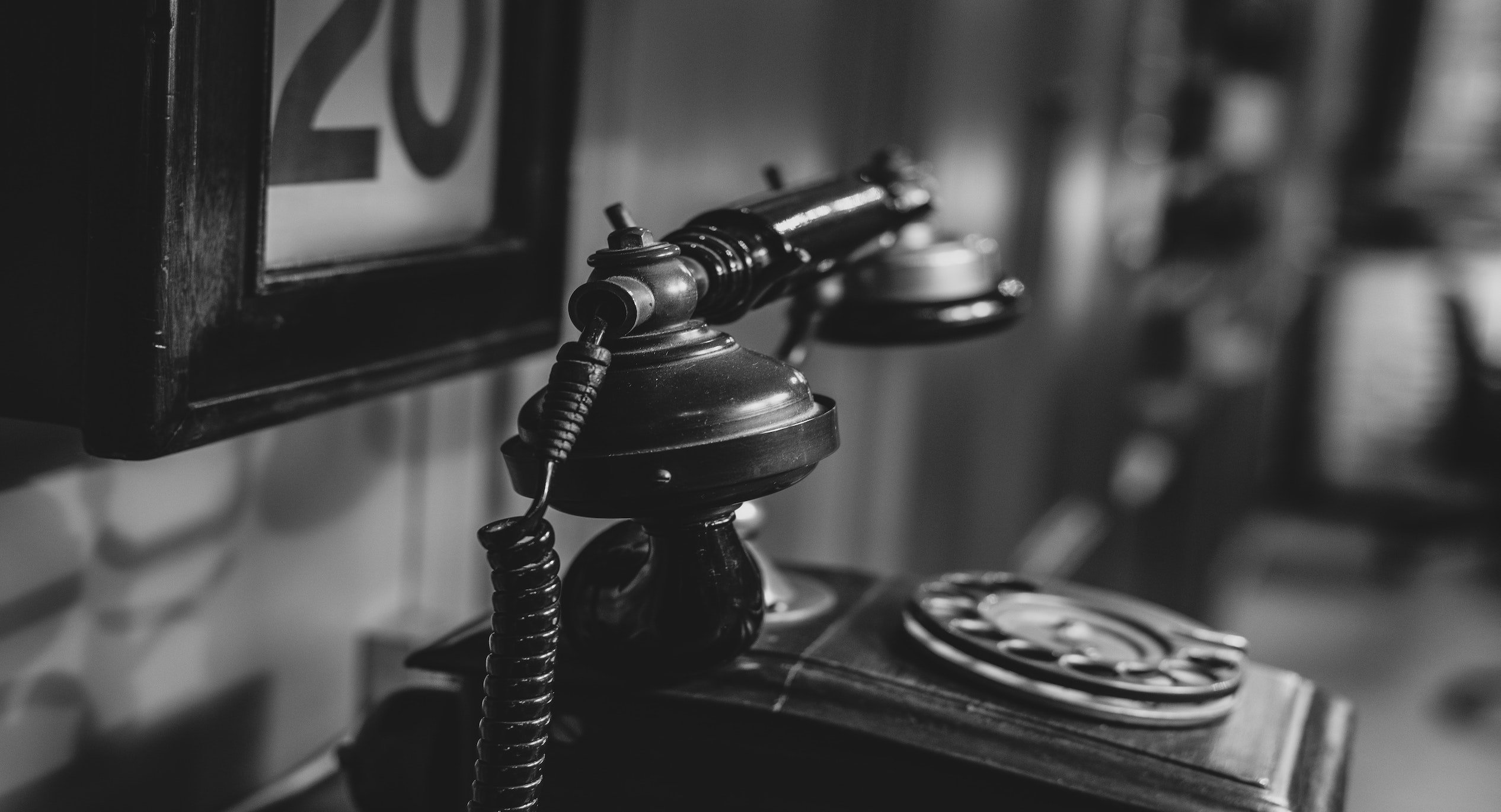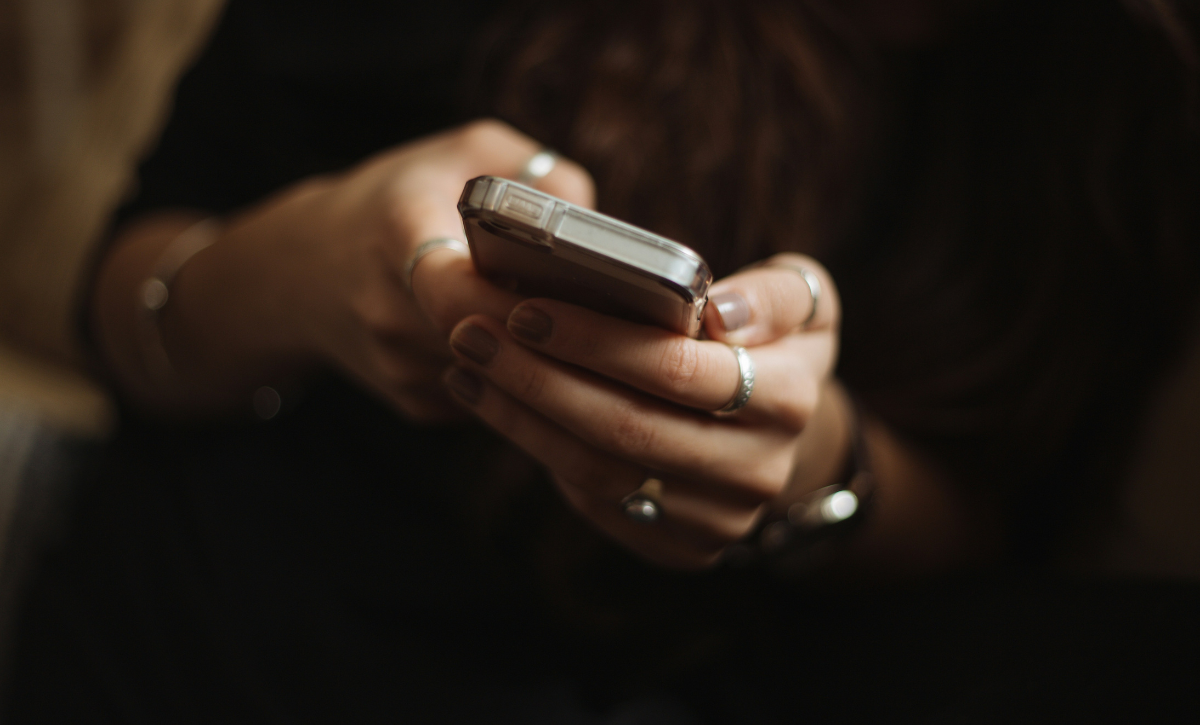April 15, 2020
Phone Calls and Physical Distancing

Over 300 million people are under lockdown and/or shelter-in-place orders across the United States. Offices and shopping malls are closed. Streets are empty, and social distancing is the new normal for the foreseeable future. Video calls are more popular than ever; but so are phone calls.
We might be socially distant, but hope is not lost for our social lives: people have never felt more connected than they do today. Phone calls are keeping people together emotionally while they’re physical distancing. The phone call renaissance is underway.
Blast from the Past—The History of the Phone Call
We’ve all heard the comparisons between the current public health crisis and the Spanish Flu of 1918. Physical distancing played an important role in tamping down that outbreak, and we’re following very similar practices in our present day.
But it’s important to note how very different the world was in 1918. Personal relationships and business were almost entirely conducted face-to-face. Letter-writing was common, but took many weeks or months to maintain communication, and postal service to remote regions was unavailable.
The invention of the telephone changed all that, but it happened much more slowly than you may think.
The telephone was invented in 1876 and has been disrupting and improving our lives ever since. It changed industries, economies, and the way human beings connect with each other. But the first coast-to-coast phone call in the United States occurred in 1915. The first transatlantic call wasn’t until 1927, from the US to the United Kingdom. The first fifty years of the telephone involved constant innovation, development, and an awful lot of waiting for improvements.
During the 1918 epidemic, the telephone ultimately failed to live up to its initial promise of keeping people connected. Early telephony infrastructure relied on switchboard operators, who were highly trained and difficult to replace, and who were also vulnerable to illness. The flu incapacited 30% of the switchboard workforce in New York City alone, causing long delays and pleas from phone companies to stay off the lines.
We’ve come a long way since then, with the advent of automatic dialing systems and WiFi calling. The telephone is playing an important role in our current situation, and it’s not let us down yet.
Phone Calls are Making a Comeback

The poet Drake once lamented, “you used to call me on my cell phone.” But in a sharp turn from just a few months ago, we’ve come around again to the world of phone calls. Telecommunications providers are seeing a major surge of calls all over the country.
Normally (so, not during a worldwide crisis), the busiest day of the year for phone calls isn’t Christmas, New Years Day or Thanksgiving. It’s Mother’s Day, and it averages 122 million phone calls.
That sounds like a lot. But we’re seeing those numbers now, on your average Tuesday. People are calling now more than ever, and they’re calling for longer durations too. Phone conversations are averaging 33% more time than pre-pandemic calls. Texting has increased too.
And according to Verizon, it’s now seeing an average of 800 million wireless calls per day. AT&T echoed those numbers, reporting that cellular phone calls rose 35 percent over the past few weeks.
This is actually above the increase in internet traffic, which only rose approximately 25% since the work-from-home shift in mid-March.
Voice Is Better than Video
Zoom, Microsoft Teams and Google Hangouts have replaced workplace meetings and brunch with friends, but for one-on-one conversations the telephone reigns supreme. It doesn’t buffer, doesn’t freeze up like video, and it is far more accessible.
Consider that 96% of Americans own a cellular phone, in stark contrast to the 10% who never use the internet. It’s noting that 10% is disproportionately senior citizens and lower income individuals and families, who may not have financial access to the internet.
It’s not particularly difficult to parse why phone calls are triumphing in these tough times. Phone calls are easier than video chat. They take less time to set up, and don’t involve walking Grandma through a complicated software process.
They’re a little more personal, a bit more spontaneous, and feel like a throwback to a less-complicated time. Kind of ironic, considering the telephone is one of the most complex inventions in human history.
As FCC Commissioner Jessica Rosenworcel told the New York Times, “We’ve become a nation that calls like never before. We are craving human voice.”


